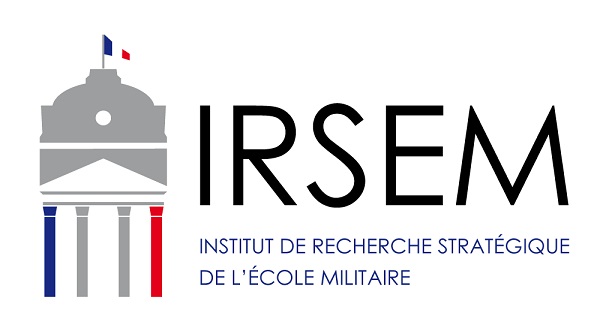High-frequency trading and limit orders
In this article, Clara PINTO (ESSEC Business School, Master in Strategy & Management of International Business (SMIB), 2020-2023) explains about high frequency trading in a dynamic limit order market.
What is High-frequency trading (HFT)?
While the adage “time is money” applies to almost all economic operations, the rapid spread of computerized trading has carried this quote to its final extreme. High-frequency trading (HFT) is a type of algorithmic trading that relies on advanced computer programs to make trading decisions and execute trades in a matter of milliseconds. HFT has become increasingly popular in recent years, particularly in dynamic limit order markets (“A dynamic limit order market with fast and slow traders”, European Central Bank), where the bid and ask prices of securities are constantly changing. This allows them to take advantage of small price discrepancies in the market and generate profits on a large scale, this method known as statistical arbitrage, involves traders looking for temporary pricing inconsistencies across different exchanges and capitalize on it, using ultra-fast transactions.
What Exactly Is a Limit Order?
A limit order is an instruction to buy or sell a security at a specified price or better. For example, a trader may place a buy limit order for a stock at $50, meaning he or she is willing to buy the stock only if it is available at that price or lower. Similarly, a sell limit order may be placed at $60, meaning the trader will sell the stock only if the price is at that level or higher.
HTF and Limit Order
High-frequency trading (HFT) and limit orders are closely linked, as HFT traders often rely on limit orders to execute their trades. In fact, limit orders are a key component of many HFT trading strategies. HFT traders often use limit orders in conjunction with advanced algorithms to identify market trends and execute trades at lightning-fast speeds. They may place many limit orders at various prices to take advantage of small price movements in the market and use sophisticated algorithms to determine the best time to execute their trades.
However, the use of limit orders in HFT trading can also have downsides. For example, the large number of limit orders placed by HFT traders can lead to increased volatility in the market, as these orders can cause sudden price movements, for example flash crash when the prices of stocks or commodities suddenly plunges but then quickly recovers. Hence, the use of limit orders in HFT trading can also have downsides, and it is important for regulators to monitor HFT activity and ensure that it does not cause market instability or unfair trading practices.
Why should I be interested in this post?
For many business school students, finance and trading are part of the most preferred jobs. Understanding the trends in high-frequency trading is now a requirement for future institutional investors. Being quick allows traders to adjust outstanding limit orders in response to news arrivals when working with “slow” market players who experience a relative loss in bargaining power, leading them to strategically submit limit orders with a lower execution probability, limiting trade.
Related posts on the SimTrade blog
▶ Akshit GUPTA High-frequency trading
▶ Shruti CHAND High-frequency trading: pros and cons
▶ Akshit GUPTA Analysis of The Hummingbird Project movie
▶ Federico DE ROSSI Understanding the Order Book: How It Impacts Trading
Useful resources
SimTrade course Trade orders
Hoffmann P. (2013) A dynamic limit order market with fast and slow traders European Central Bank Working Paper Series.
Lewis M. (2015) Flash boys Norton & Company.
About the author
The article was written in March 2023 by Clara PINTO (ESSEC Business School, Master in Strategy & Management of International Business (SMIB), 2020-2023).


